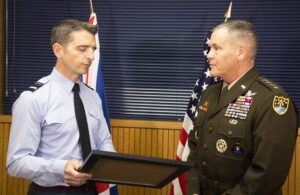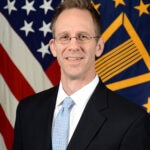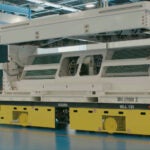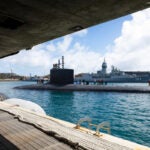
The Global Air and Space Chiefs Conference this week in London will delve into future warfighting concepts harnessing artificial intelligence/machine learning for kinetic and command and control purposes; quantum computing; the transition from crewed to uencrewed systems; and lessons learned for allied air forces from the ongoing Russian assault on Ukraine. Among the marquee speakers scheduled are U.S. Air Force Chief of Staff Gen. Charles Q. Brown; U.S. Space Force Chief of Space Operations Gen. John "Jay" Raymond; Royal Air…














